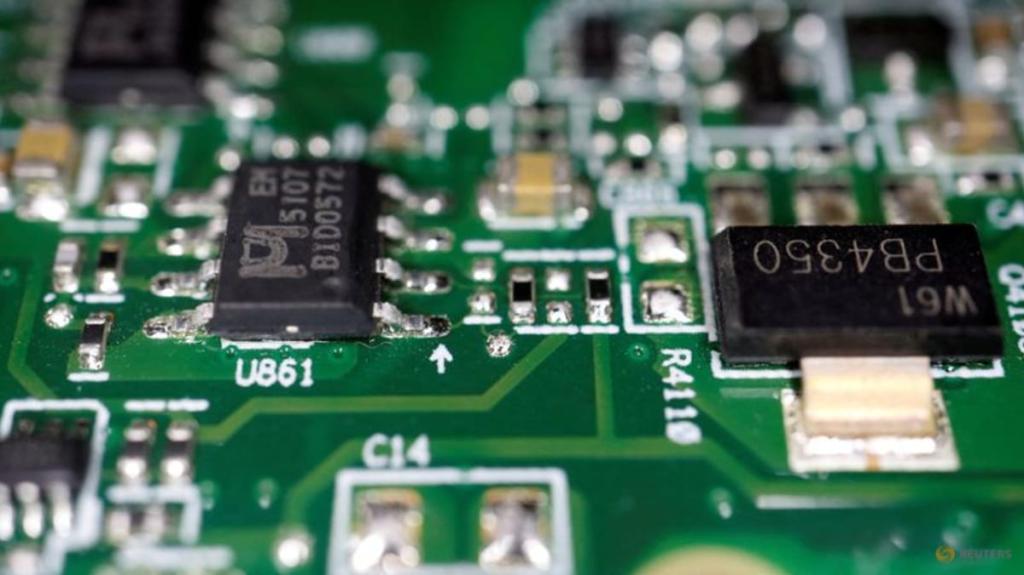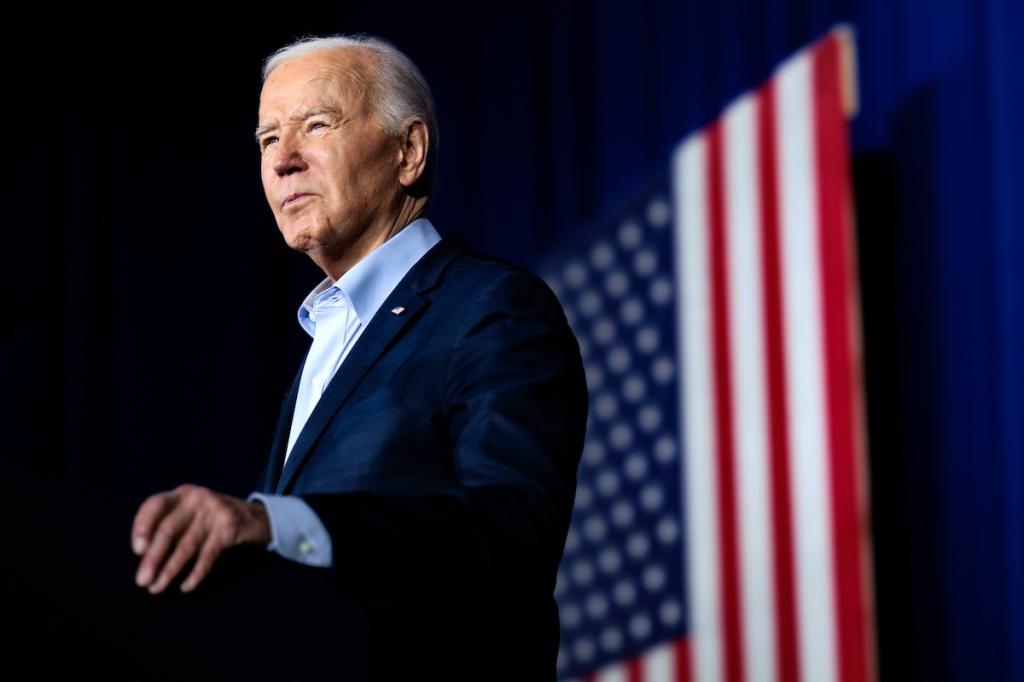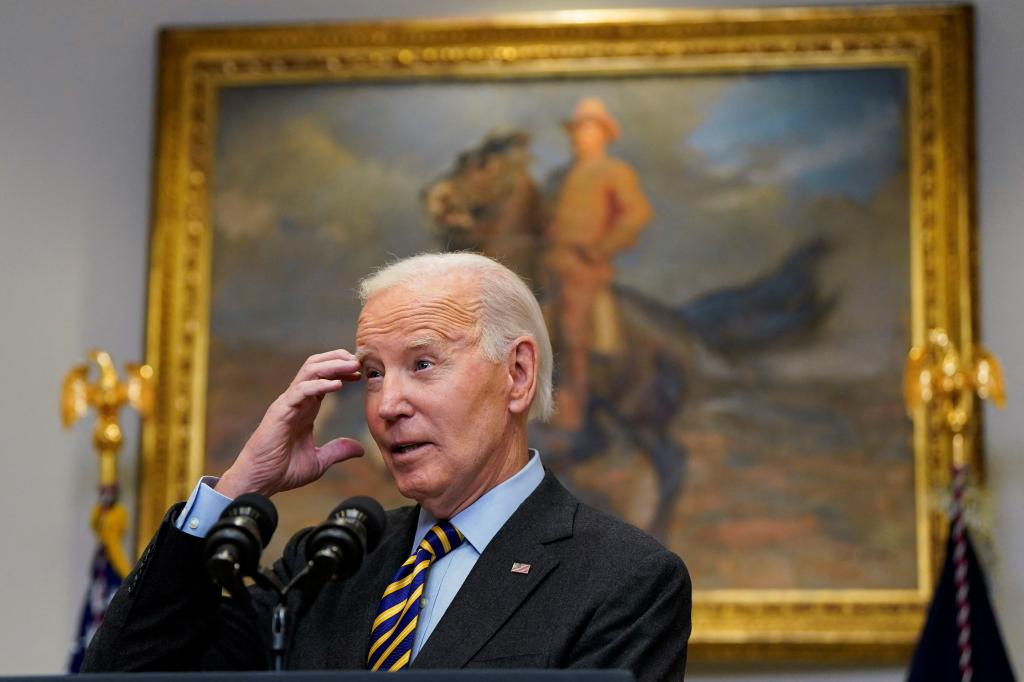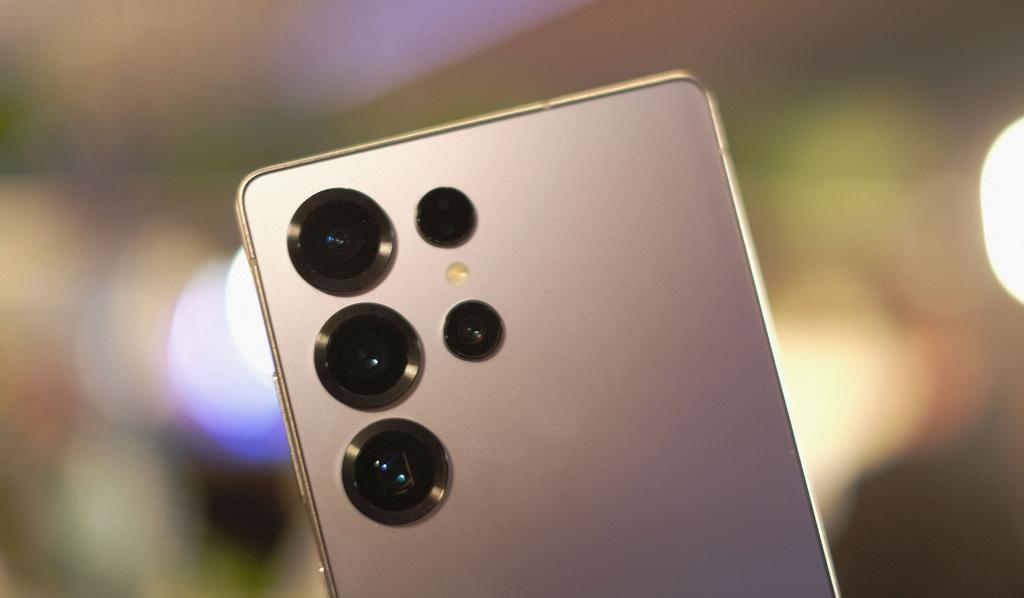Biden’s New AI Semiconductor Export Controls Impact Global Tech
Discover how Biden's AI semiconductor export controls are reshaping global tech dynamics and industry responses in an increasingly competitive landscape.

Key Points
- The Biden administration's new AI semiconductor export controls categorize countries into tiers, restricting access for adversaries like China and Russia.
- Major industry players, such as Nvidia
, express concerns that these regulations could stifle innovation and hand market advantages to competitors.
- The U.S. aims to maintain its technological leadership and enhance national security through significant investments in semiconductor innovation.
In the rapidly evolving world of artificial intelligence (AI), the balance between innovation and national security is becoming increasingly delicate. Recently, the Biden administration implemented stringent export controls on AI semiconductor chips, aiming to counter the technological advancements of countries like China and Russia. This move has generated significant discussion within technology sectors and among global allies, highlighting the implications for both U.S. businesses and international relations.

The New Regulations Explained
The U.S. government has introduced a framework categorizing countries into three distinct tiers regarding access to advanced AI chips. The first tier includes 18 key allies, such as Japan and South Korea, who will face no restrictions on purchasing AI chips. In contrast, countries deemed adversaries, including China and Russia, are subjected to stringent limitations, effectively banning the sale of the most powerful AI chips to them.
For most of the world, a cap of 50,000 chips per country has been established, aimed at preventing potential adversaries from acquiring advanced technology through indirect means. This tiered approach allows the U.S. to maintain a technological edge while safeguarding national security.

Industry Reactions
The tech industry has responded with mixed feelings to these newfound regulations. For instance, Nvidia, a leading AI chip manufacturer, has voiced concerns, labeling the restrictions as "unprecedented and misguided". This underscores a significant tension between the need for global innovation and maintaining strict trade controls.
, highlighting the economic stakes involved.

A Broader Perspective on Global Competition
The implementation of these controls also reflects a larger strategy in the global competition for technological supremacy. The Biden administration’s actions can be seen as a necessary response to realize that technology is not merely a commercial good but also a significant element of national security. With rapid advancements in AI, the risks associated with these technologies necessitate that powerful AI systems are kept out of hostile hands.
Additionally, the U.S. has invested nearly $30 billion in domestic semiconductor development through initiatives like the CHIPS Act. This proactive approach not only supports local industries but also fortifies the U.S.'s stance in the global semiconductor landscape.

Looking Ahead
As the regulatory landscape evolves, the technology industry and international partners must navigate these changes thoughtfully. The regulations will enter into effect following a 120-day comment period, raising questions about how they will be enforced by the next administration. It is crucial for stakeholders to engage in constructive dialogue with policymakers to address the complexities of these controls while promoting technological advancement.

Ultimately, the U.S. aims to position itself at the forefront of AI and semiconductor innovation while ensuring that sensitive technologies do not enhance the capabilities of adversarial nations. These export regulations mark a pivotal moment in the ongoing narrative surrounding AI technology, emphasizing the critical balance of fostering innovation within a secure framework.



